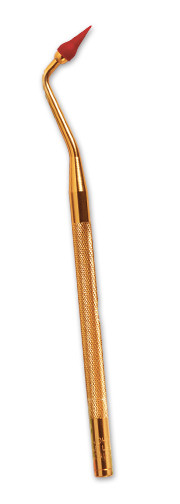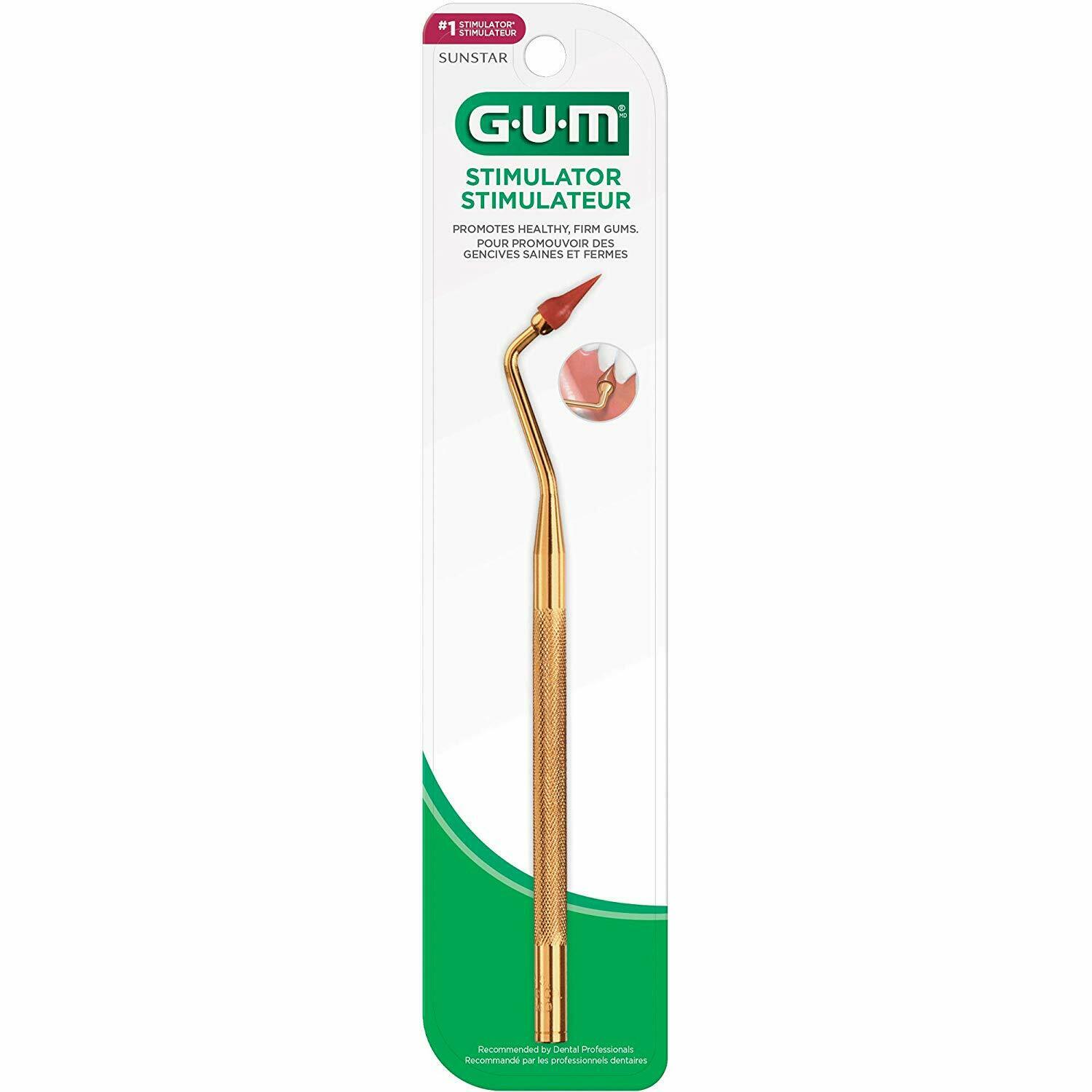

For example, in order to produce a 20% orange oil emulsion, then gum arabic concentrations of ~ 12% are required. Since only the proteinaceous components of the gum are involved in the emulsification process, the concentration of gum required to produce an emulsion is much higher than for pure proteins. Treatment of gum arabic with proteolytic enzyme to remove the protein results in a loss of emulsification efficiency. This is schematically illustrated in Fig. 11.11. It is envisaged that the hydrophobic polypeptide chains adsorb and anchor the molecules to the surface while the carbohydrate blocks inhibit flocculation and coalescence through electrostatic and steric repulsions. The difference in the intensity of the two RI and two UV profiles before and after emulsification represents the amount of gum arabic and protein adsorbed respectively, and indicates that there is no molecular mass dependency and that the adsorbed molecules contain protein. The RI profile is sensitive to the concentration of gum arabic eluting while the UV absorbance at 280 nm is sensitive only to the concentration of proteinaceous material eluting. 8 This is demonstrated in Fig. 11.10 which shows the RI and UV absorbance (280 nm) GPC elution profiles of gum Arabic before and after preparing a limonene oil-in-water emulsion.

It has been found that the protein-rich components adsorb preferentially onto the surface of the oil droplets. The other major functional characteristic of gum arabic is its ability to act as an emulsifier for essential oils and flavours. 16 This behaviour has been attributed to intermolecular aggregation.

16 Interestingly, it has also been found that the viscosity of gum arabic solutions (3%) increases over time when subjected to a constant shear ( Fig. 11.8) and that gum arabic solutions (6%) develop weak gel characteristics on standing for a 2 h period with the storage modulus increasing significantly and becoming larger than the loss modulus ( Fig. 11.9). It has recently been reported that gum arabic solutions do show evidence of shear thinning at very low shear rates even at concentrations in the dilute regime below the critical overlap concentration. This is explained by the fact that the latter are linear molecules and have a much larger hydrodynamic volume such that intermolecular entanglements can occur at much lower concentrations than for the highly compact, branched gum arabic molecules. In addition, while gum arabic is Newtonian in behaviour with its viscosity being shear rate independent, both xanthan gum and sodium carboxymethyl cellulose display non-Newtonian shear thinning characteristics. It is seen that even 30% gum arabic solutions have a lower viscosity than 1% xanthan gum and sodium carboxymethylcellulose at low shear rates. A comparison of the viscosity of the gum with xanthan gum and sodium carboxymethylcellulose, which are common thickening agents, is shown in Fig. 11.7. The highly branched structure of Acacia Senegal gum gives rise to compact molecules with a relatively small hydrodynamic volume and as a consequence gum solutions only become viscous at high concentrations as illustrated in Fig. 11.6. Gum arabic readily dissolves in water to give clear solutions ranging in colour from very pale yellow to orange-brown and with a pH of ~ 4.5.


 0 kommentar(er)
0 kommentar(er)
